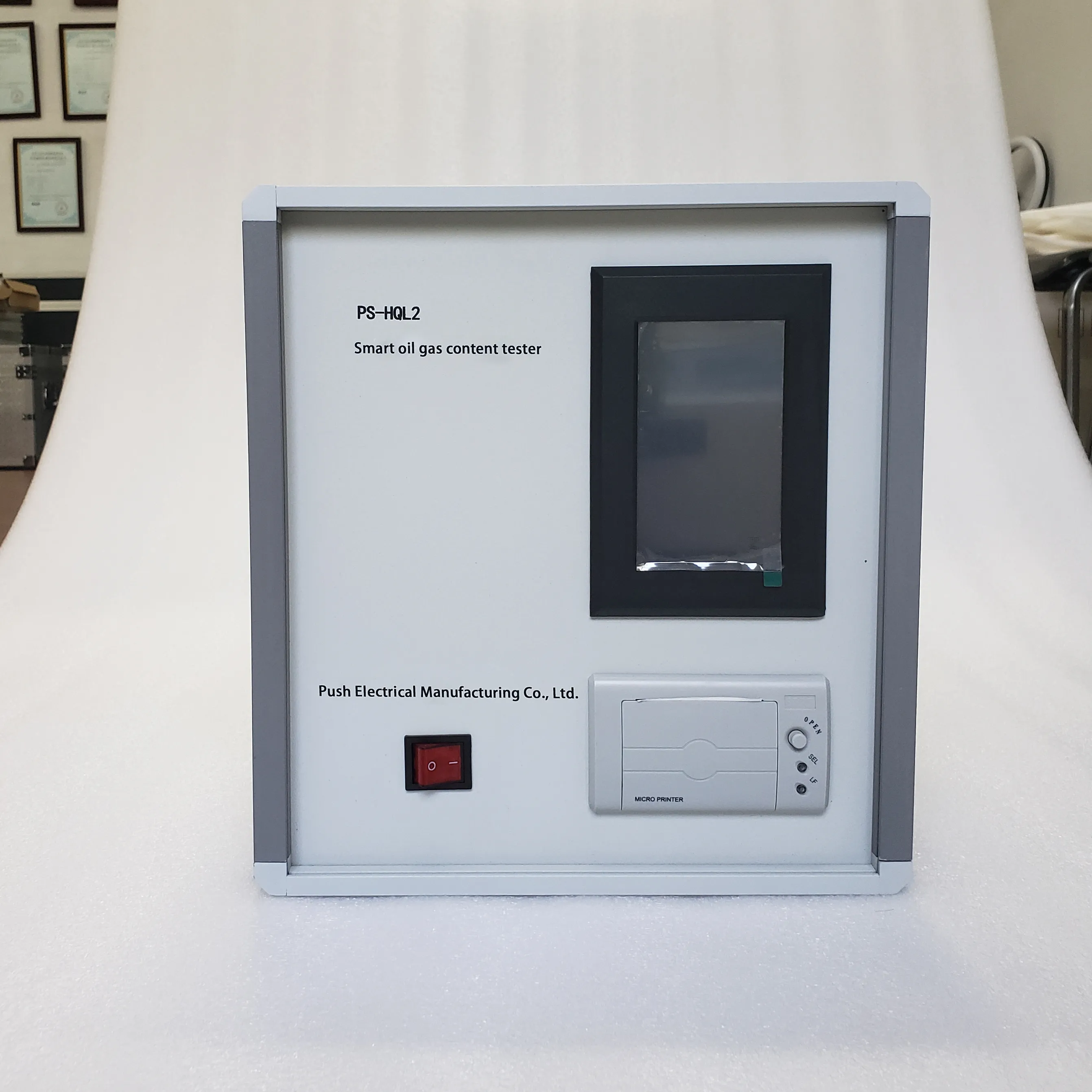 English
English



-
 Afrikaans
Afrikaans -
 Albanian
Albanian -
 Amharic
Amharic -
 Arabic
Arabic -
 Armenian
Armenian -
 Azerbaijani
Azerbaijani -
 Basque
Basque -
 Belarusian
Belarusian -
 Bengali
Bengali -
 Bosnian
Bosnian -
 Bulgarian
Bulgarian -
 Catalan
Catalan -
 Cebuano
Cebuano -
 China
China -
 China (Taiwan)
China (Taiwan) -
 Corsican
Corsican -
 Croatian
Croatian -
 Czech
Czech -
 Danish
Danish -
 Dutch
Dutch -
 English
English -
 Esperanto
Esperanto -
 Estonian
Estonian -
 Finnish
Finnish -
 French
French -
 Frisian
Frisian -
 Galician
Galician -
 Georgian
Georgian -
 German
German -
 Greek
Greek -
 Gujarati
Gujarati -
 Haitian Creole
Haitian Creole -
 hausa
hausa -
 hawaiian
hawaiian -
 Hebrew
Hebrew -
 Hindi
Hindi -
 Miao
Miao -
 Hungarian
Hungarian -
 Icelandic
Icelandic -
 igbo
igbo -
 Indonesian
Indonesian -
 irish
irish -
 Italian
Italian -
 Japanese
Japanese -
 Javanese
Javanese -
 Kannada
Kannada -
 kazakh
kazakh -
 Khmer
Khmer -
 Rwandese
Rwandese -
 Korean
Korean -
 Kurdish
Kurdish -
 Kyrgyz
Kyrgyz -
 Lao
Lao -
 Latin
Latin -
 Latvian
Latvian -
 Lithuanian
Lithuanian -
 Luxembourgish
Luxembourgish -
 Macedonian
Macedonian -
 Malgashi
Malgashi -
 Malay
Malay -
 Malayalam
Malayalam -
 Maltese
Maltese -
 Maori
Maori -
 Marathi
Marathi -
 Mongolian
Mongolian -
 Myanmar
Myanmar -
 Nepali
Nepali -
 Norwegian
Norwegian -
 Norwegian
Norwegian -
 Occitan
Occitan -
 Pashto
Pashto -
 Persian
Persian -
 Polish
Polish -
 Portuguese
Portuguese -
 Punjabi
Punjabi -
 Romanian
Romanian -
 Russian
Russian -
 Samoan
Samoan -
 Scottish Gaelic
Scottish Gaelic -
 Serbian
Serbian -
 Sesotho
Sesotho -
 Shona
Shona -
 Sindhi
Sindhi -
 Sinhala
Sinhala -
 Slovak
Slovak -
 Slovenian
Slovenian -
 Somali
Somali -
 Spanish
Spanish -
 Sundanese
Sundanese -
 Swahili
Swahili -
 Swedish
Swedish -
 Tagalog
Tagalog -
 Tajik
Tajik -
 Tamil
Tamil -
 Tatar
Tatar -
 Telugu
Telugu -
 Thai
Thai -
 Turkish
Turkish -
 Turkmen
Turkmen -
 Ukrainian
Ukrainian -
 Urdu
Urdu -
 Uighur
Uighur -
 Uzbek
Uzbek -
 Vietnamese
Vietnamese -
 Welsh
Welsh -
 Bantu
Bantu -
 Yiddish
Yiddish -
 Yoruba
Yoruba -
 Zulu
Zulu
High Voltage Measurement Circuit Design for Accurate Performance and Safety Considerations
High Voltage Measurement Circuit An Overview
High voltage measurement circuits are critical in various applications, including power generation, electrical engineering, and industrial automation. As the demand for efficient energy management increases, the need for accurate voltage measurement rises correspondingly. High voltage systems, typically defined as voltages above 1,000 volts AC or 1,500 volts DC, present unique challenges that require specialized measurement techniques for safety and reliability.
One of the primary components in high voltage measurement circuits is the high voltage divider. This device allows for the safe reduction of high voltage levels to a more manageable range, enabling standard measuring instruments to operate without damage. The voltage divider typically consists of resistors arranged in series. The output voltage is a fraction of the input voltage and is directly proportional to the resistance values used. Careful selection of high precision resistors is essential, as this directly impacts measurement accuracy.
Another key aspect of high voltage measurement is isolation. Since high voltages can pose significant hazards to both personnel and equipment, isolation techniques are employed. Optical isolators and transformers are often utilized to provide galvanic isolation, ensuring that the measuring device is not directly connected to the high voltage circuit. This not only protects the measurement equipment but also enhances user safety.
high voltage measurement circuit

In addition, advancements in sensor technology have led to the development of non-contact voltage measurement techniques. These methods, such as capacitive sensors and inductive probes, allow for the detection of high voltages without direct electrical contact. This significantly reduces the risk of electric shock and equipment damage, making it an attractive option for many applications.
Data acquisition and processing are also crucial components of high voltage measurement circuits. Modern systems often incorporate microcontrollers or programmable logic controllers (PLCs) that can interface with various sensors and measurement devices. These systems can collect, process, and display data in real time, facilitating quick decision-making and efficient system monitoring.
Finally, the calibration of high voltage measurement circuits is paramount to ensure accuracy. Regular calibration against known standards helps to maintain the reliability of measurements, which is particularly important in industrial settings where precise voltage readings can be critical for operational safety and equipment performance.
In conclusion, high voltage measurement circuits are integral in managing and monitoring high voltage systems. By employing techniques such as voltage dividers, isolation methods, and modern sensing technologies, engineers can ensure accurate, safe, and reliable voltage measurements. As technology continues to evolve, these systems will only become more sophisticated, enabling better energy management and electrical safety.
-
Testing Equipment Industry Sees Major Advancements in 2025: Smart & Precision Technologies Lead the WayNewsJun.06,2025
-
Applications of Direct Current Generators in Renewable Energy SystemsNewsJun.05,2025
-
Hipot Tester Calibration and Accuracy GuidelinesNewsJun.05,2025
-
Digital Circuit Breaker Analyzer Features and BenefitsNewsJun.05,2025
-
Benefits of Real-Time Power Quality Monitoring Devices for Industrial EfficiencyNewsJun.05,2025
-
Earth Fault Loop Testing in High-Rise Building Electrical SystemsNewsJun.05,2025



